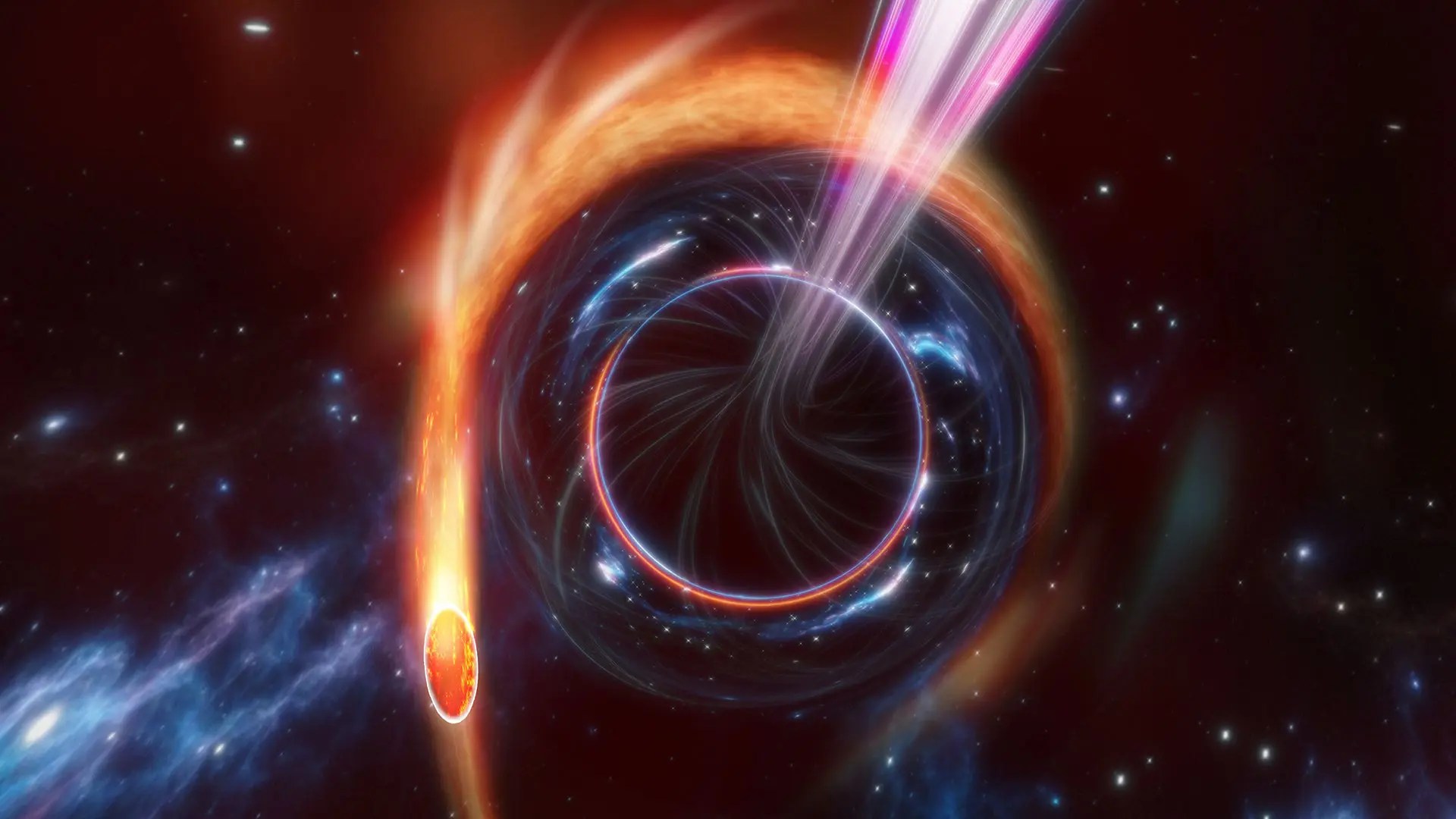People used to say that the Internet was all fun and games; it took years for it to become everything. Burt Rutan thinks the same will happen with space travel.
Question: Where are we in the trajectory of space travel?
Burt Rutan: Space travel is kind of a strange phrase. I don’t think we’ve done space exploration, which is the moon landings. We go to the International Space Station. We’ve had suborbital spaceflights and really none of that meets the definition of most people think about travel. In other words, going somewhere and coming back because you want to be there. The only thing that you could look at as travel I think would be the lunar flights and those were explorations. They weren’t travel in the sense that we think about travel. I don’t think we’re going to see space travel in my lifetime. I don’t think we’re going to be going outside the atmosphere to go to Sydney or Europe. The reason is that’s not a practical suborbital flight. You know people think gee Rutan went to space just over Mojave, so therefore he could turn around and build something to go to Australia in 45 minutes. Well you could, but if you did it like I went to go to space you would accelerate energetically for several minutes and you would fly six or seven times as high as the International Space Station and you would not be able to survive reentry over Australia because you’re going steep, so this business of having a rocket go fast and then a reentry to land doesn’t make any sense unless you’re only going say three, four hundred miles.
So what I’m doing with commercial suborbital spaceflight is really an experience base. In other words, I want to feel like what the people do that are at the International Space Station. I want to float around weightless for minutes. I want to see the black sky and the thin film of the atmosphere and I want to feel this displacement from the earth, which all the astronauts and I’m tired of listening to them tell that you know it’s a life changing experience. Well yeah, okay, I want to go too and you know what is it? Well it’s cool, okay. Let’s do it. A lot of people will do that. I don’t think the most important thing of what Richard Branson my customer, is funding here is just for the experience. I like to make the comparison: when we had home computers in the late ‘70s and early ‘80s and so on we didn’t know what they were for really and very few people do with home computers what we did for the first decade of home computers. Okay, now we wouldn’t have had the Internet if IBM was only making six mainframes a year. It couldn’t happen. The fact that we had computers for ten years or twelve years to play games, the fact that we did that just for fun enabled the internet to exist because now you’ve got hundreds of thousands of homes having computers and then when a very smart guy came along, Al Gore, and he created the internet you’ve got this breakthrough then and all of the sudden we’ve got everything. We’ve got our commerce, our communication. It’s everything, our research and our travel you know or our substitution for travel.
So what we’re doing in commercial space with suborbital flights that’s going to be history will show the most important thing is we are going to put tens of thousands and I think we can do a hundred thousand in about twelve years of operations, people outside the atmosphere and these people now will be creative people because they can do and think of what they want to think about on why I’m here. A NASA astronaut and a Russian cosmonaut can’t be creative. He has to follow a predetermined detailed checklist written by an engineer and if he gets a little creative he’ll never fly again. There has been manned spaceflight for 46 years. We’ve had it for all this time and it’s always been constrained to not a lot of creativity to say hey, what else can we do here than is what is written on this checklist? The fact that the public will go out because they want to see the view. They want to float around. They want to go there. These people are not going to be constrained at all in terms of the duties that they do while they’re there. They bought the time. They’re getting the experience and I have a feeling that out of those hundred thousand people that fly in those in those 40 or 50 spaceships over the next say 15 years there is going to be some smart folk in there that have an enormous breakthrough just like Al did and says oh, the internet. You know and what will come out of it will not be what we expect now. Just like our commerce and communication and research and everything that we have on the Internet now was not what we thought would come out of the personal computer the first ten years.
Question: What do we know will come out of space travel?
Burt Rutan: The thing that we will know we’ll come out of it if we are able to go out and build 50 spaceships and fly a hundred thousand people in the first 12 years let’s say. The thing that we know will come out of it is that we will have enormous improvements in the safety and enormous, enormous improvements in the operating cost. You know what is being charged now initially can be charged because there is a lot of very rich people that would like to be an astronaut. You can go out in a couple years and fly all of those people. What is important is that there is going to be a lot less risk because you mature safety by flying a lot, that’s why manned spacecraft is now more dangerous the last decade than it was the first decade and it has been. You know it’s only been two accidents. We killed 14 people and overall 4 percent of the people that have left the atmosphere have died in one of those 4 accidents, two Russian and two US. And when you have a transportation system that the price of propellant is essentially negligible something is very wrong. If you look at any other transportation system, a car, a motorcycle, a train, an oil tanker, an airliner, you name it; about a quarter to a third of the operating cost is buying the propellant. If you apply that to space travel you could do a SpaceShipTwo flight for about $475 and you can go to orbit for about $12,000. Now I’m not suggesting that just around the corner there are things that are so efficient that the propellant is a third of the cost, but certainly eventually it will get there if there is some volume, if there is some demand and when you have that then it attracts investment and then when the costs come down you know everything piles on and grows and expands. That’s what I’m hoping to do and I’m doing it on suborbital now because there are some breakthroughs that we can achieve those kinds of results on suborbital spaceflight. We don’t know how to do it going to orbit. No one knows how to make going to orbit orders of magnitude safer and orders of magnitude more affordable.
I’m taking this step because I think achieving something that has never existed in manned spaceflight and that is high volume and public access. I think it’s important to do that and to do it as soon as possible. That will breed the investment to go out and solve the other problems, so that people can afford to go to that resort hotel on orbit in the earth and take that shore excursion, which is a trip to swing around the moon and then back. You know rich people get that neat shore excursion. I think that sort of thing can happen only if there is a high volume, which will bring the cost way down and people say wait a minute, you can make money doing this, you know big money and they will. People in this business, flying people will make very large profits compared to people that are developing a general aviation airplane or a new airliner.
Recorded on January 25, 2010





